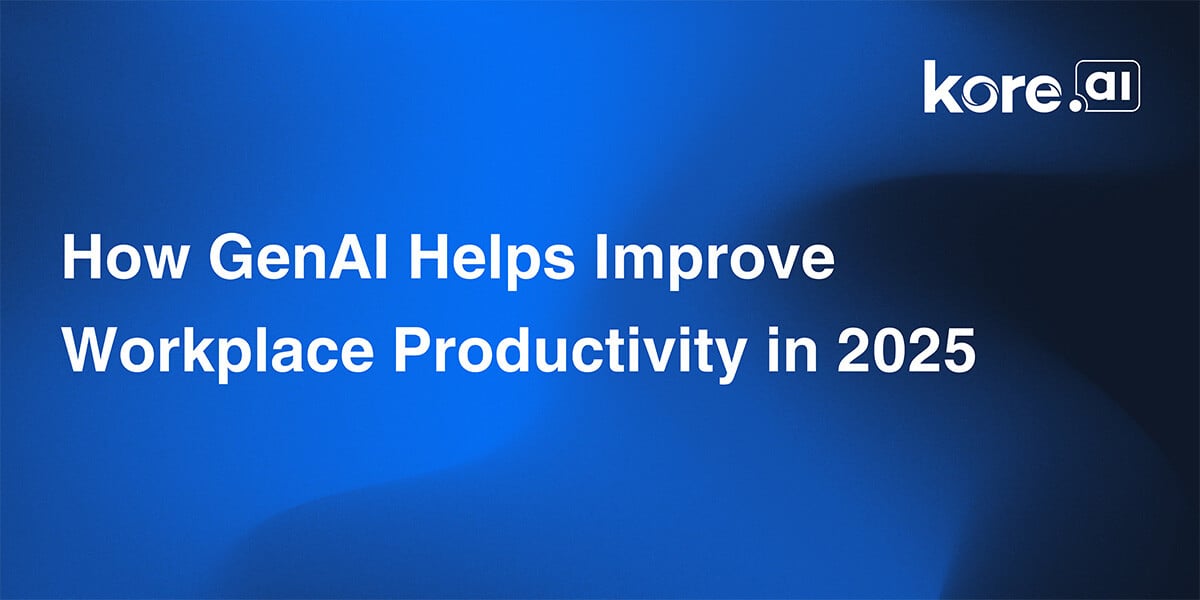The AI Revolution Is a Data Revolution: Why Storage Matters More Than Ever
Easy access to data and the ability to utilize it in meaningful ways have always been important, but in the era of AI, machine learning, and data analytics, it has become absolutely essential. The global AI market, currently valued at over $390 billion, is projected to exceed $826 billion by 2030. However, this growth is […] The post The AI Revolution Is a Data Revolution: Why Storage Matters More Than Ever appeared first on Unite.AI.


Easy access to data and the ability to utilize it in meaningful ways have always been important, but in the era of AI, machine learning, and data analytics, it has become absolutely essential. The global AI market, currently valued at over $390 billion, is projected to exceed $826 billion by 2030. However, this growth is contingent on AI technology continuing to evolve and increase in applicable value. Achieving that requires vast amounts of data. Organizations worldwide stored approximately 7.2 zettabytes (ZB) of data in 2024, and this figure is expected to grow to 15.1 ZB by 2027. This major growth underscores the need for reliable, accessible storage solutions that can handle increasing data demands.
The explosion of AI-driven applications across industries—from finance and healthcare to manufacturing and retail—has further accelerated the demand for vast and well-prepared datasets. AI systems thrive on data, using it to refine algorithms, enhance predictive models, and optimize automation. According to leading firms like IDC, the more high-quality data an organization has, the more it can improve the effectiveness of AI outcomes to enable smarter decision-making and drive operational efficiency. Yet, the challenge lies not just in collecting and generating massive amounts of data but in ensuring its long-term retention and accessibility. Without proper storage solutions, businesses risk losing valuable information that could shape the next wave of AI advancements.
The Importance of Data for AI
For AI to continue advancing at its current pace, it must consistently improve in efficiency and accuracy. The only way to achieve this is by providing AI models with continuous and high-quality data for training. The datasets used to train large language models (LLMs) have grown at an astonishing rate, tripling in size each year since 2010. For instance, GPT-2 was trained on a dataset containing roughly 3 billion words, while GPT-4, released just four years later, was trained on approximately 9.75 trillion words.
This rapid expansion of AI training datasets presents a significant challenge: how to cost effectively store large amounts of high-quality data. As AI systems consume vast amounts of existing text-based data—including books, articles, and research papers—organizations risk exhausting high-quality human-generated material. This could force AI developers to rely on AI-generated content for future training, leading to potential issues such as reduced accuracy, decreased creativity, and increased repetition. To counter this risk, organizations must prioritize retaining a majority of the data they generate, as it may become a valuable resource for training AI models in the future. This necessity drives the demand for robust, scalable, and long-term storage solutions.
Data Analytics as a Competitive Advantage: There’s No AI Without IA
AI-driven analytics have become a cornerstone of modern business strategy, offering organizations the ability to uncover patterns, predict trends, and make faster, smarter decisions. But while AI gets the spotlight, it’s easy to overlook the unsung foundation behind it all: data. More specifically, the infrastructure that makes decades of data available when and where it’s needed—what we now call the Information Archive (IA).
The IA as a deep reservoir of organizational knowledge, often housed on cost-effective, scalable storage like tape. It’s where vast volumes of structured and unstructured data are preserved—not just for compliance, but to fuel potential innovation leading to competitive advantages. When it comes time to train AI models, large datasets are temporarily pulled from this archive into high-performance systems. Once the training is complete, the data returns to the IA for long-term retention. This cycle of access and preservation makes continuous AI development possible.
An organization’s ability to make high-impact, data-driven decisions doesn’t just rely on the latest AI tools. It depends on whether you can access and retain the right information—over time, at scale, and without sacrificing cost-efficiency. Done well, data analytics can personalize customer experiences, streamline operations, and pivot quickly in response to shifting markets. However, all of that hinges on a long-term data strategy that views collecting information not as a storage problem, but as a strategic asset. The future belongs to organizations that treat their historical data as a living resource—one that continues to grow in value with every AI-driven insight.
New Opportunities for a Proven Technology
The surge in data-driven AI applications introduces new demands for storage solutions. Organizations require a system that enables long-term storage of massive datasets while ensuring accessibility, sustainability, and security. Additionally, with cyberattacks on the rise—global cybercrime costs are estimated to reach $10.5 trillion annually by 2025—data security has become a critical consideration for any storage solution. Many enterprises may instinctively seek out cutting-edge, newly developed storage technologies to meet these requirements. Because of the need for reliable storage now, however, organizations should consider an existing technology that has already proven its reliability: tape storage.
For decades, many established organizations have relied on tape storage, even as newer, cloud-native companies have overlooked it. However, the resurgence of AI, machine learning, and advanced data analytics has provided new use cases for this tried-and-true technology. Tape storage offers a powerful combination of scalability, flexibility, cost efficiency, and security, making it an ideal solution for managing massive AI and ML workloads. Unlike many other storage solutions, tape is highly sustainable, as it consumes no energy while storing data, significantly reducing its carbon footprint. Furthermore, its offline capability provides an extra layer of protection against cybersecurity threats such as ransomware attacks, as data stored on tape is inherently immune to remote breaches.
Modern tape storage solutions have evolved to meet the demands of AI and data analytics. With the latest advancements in high-capacity tape technology, businesses can store petabytes of data at a fraction of the cost of traditional cloud-based solutions. Additionally, tape’s longevity—often exceeding 30 years—ensures that organizations can preserve valuable datasets without the risk of data degradation. This makes it a highly attractive option for enterprises seeking to future-proof their data infrastructure while maintaining cost efficiency.
The AI and Data Revolution
The ongoing AI revolution is fundamentally a data revolution. Organizations that fail to prioritize data storage and accessibility risk falling behind in an increasingly data-driven world. More data equates to more opportunities for innovation and competitive differentiation. By embracing scalable and secure storage solutions, including the renewed potential of tape, organizations can ensure they remain at the forefront of AI advancements and data-driven decision-making. As businesses continue to navigate the complexities of AI-driven growth, those that recognize the importance of data retention and intelligent storage solutions will be the ones that thrive in the data-centric future.
The post The AI Revolution Is a Data Revolution: Why Storage Matters More Than Ever appeared first on Unite.AI.






























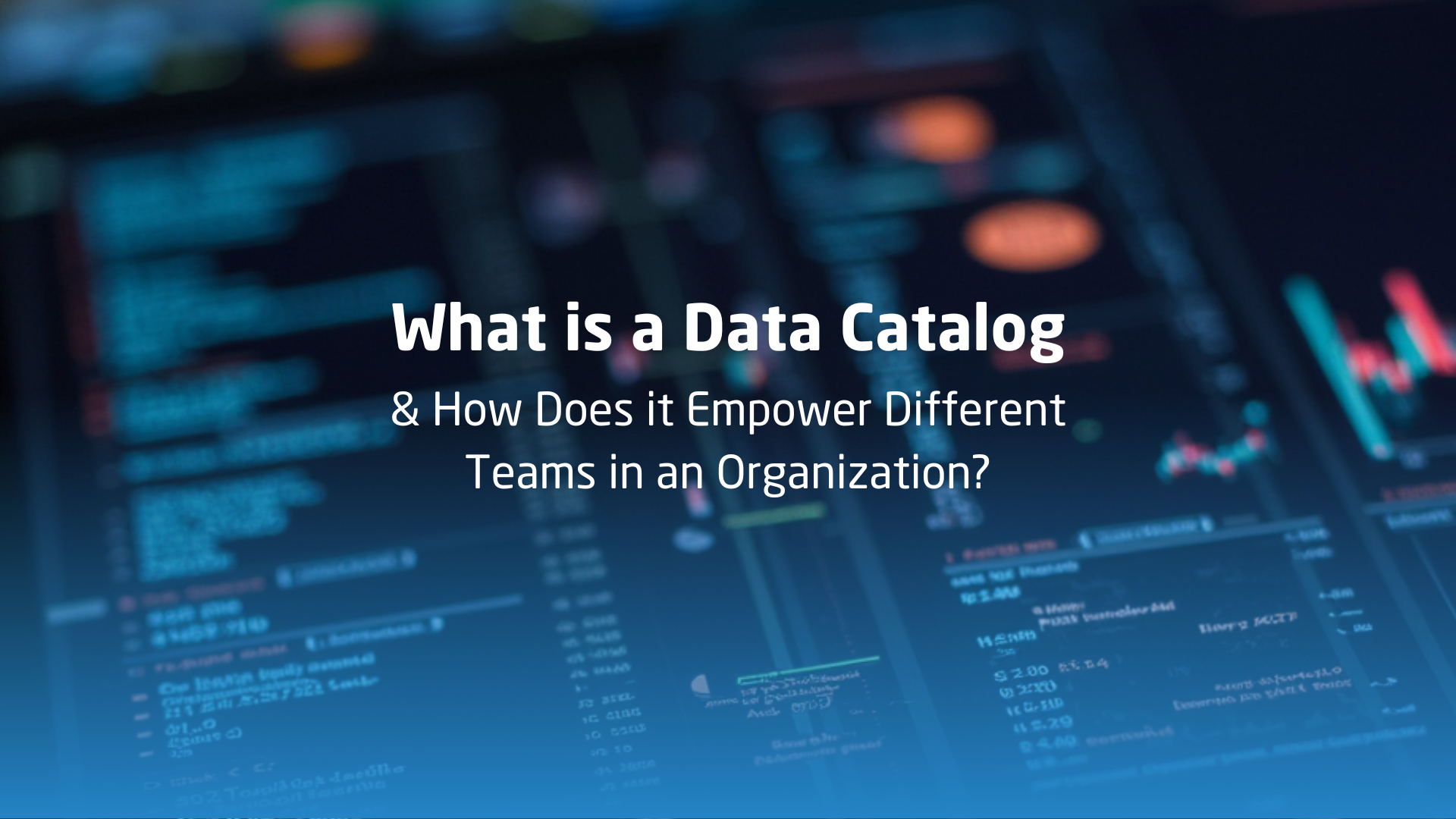








![[The AI Show Episode 152]: ChatGPT Connectors, AI-Human Relationships, New AI Job Data, OpenAI Court-Ordered to Keep ChatGPT Logs & WPP’s Large Marketing Model](https://www.marketingaiinstitute.com/hubfs/ep%20152%20cover.png)







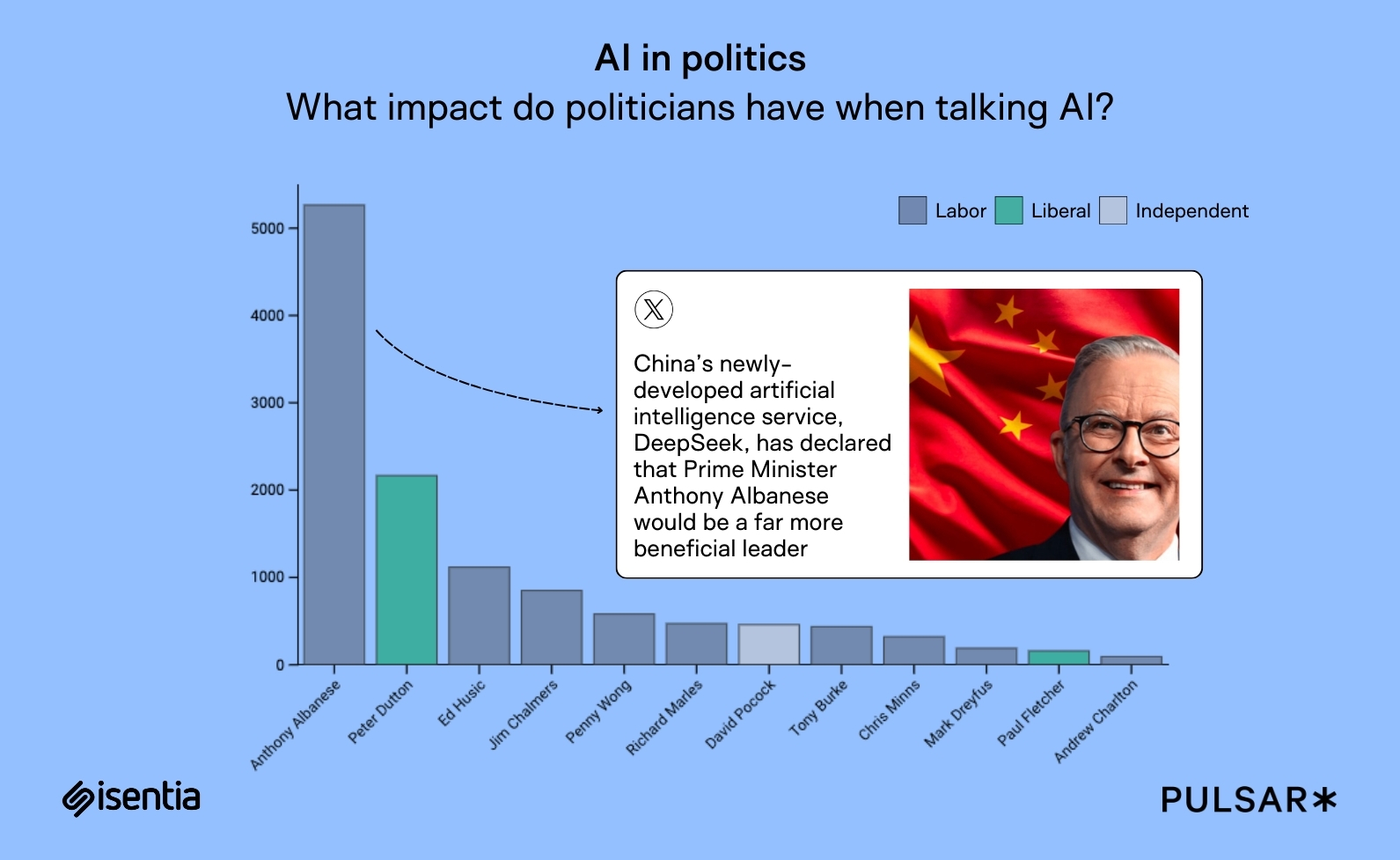




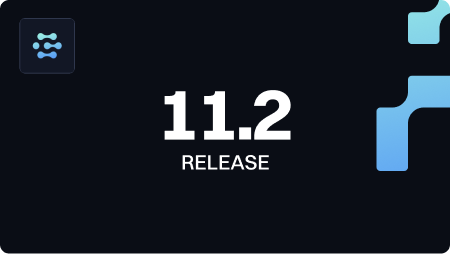

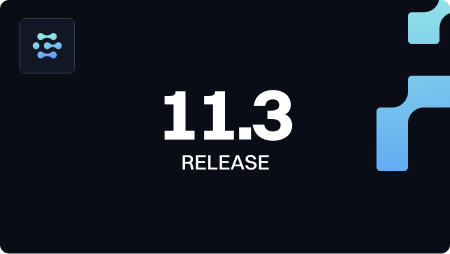








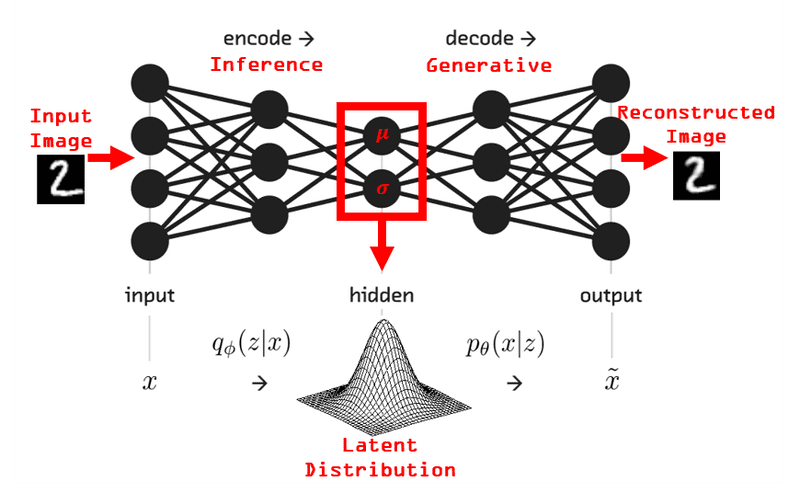







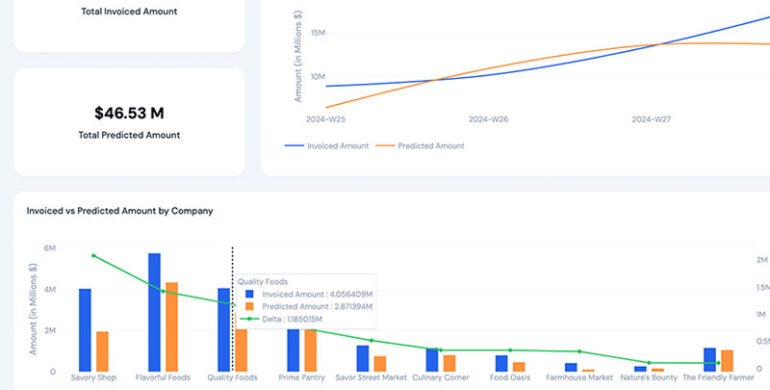

























































































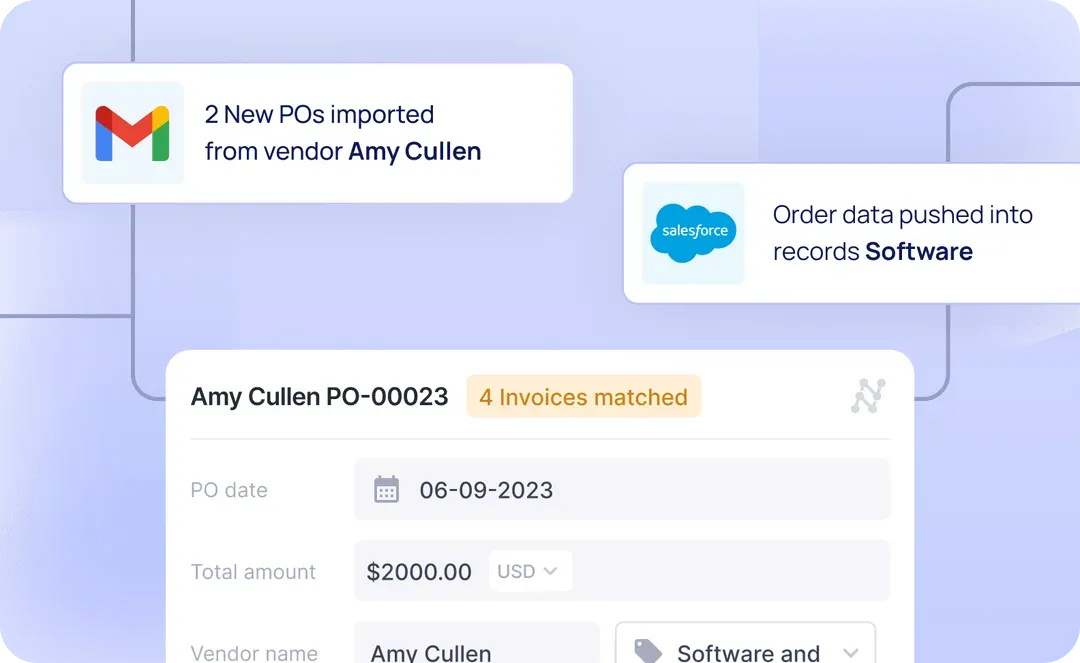








































![Top Features of Vision-Based Workplace Safety Tools [2025]](https://static.wixstatic.com/media/379e66_7e75a4bcefe14e4fbc100abdff83bed3~mv2.jpg/v1/fit/w_1000,h_884,al_c,q_80/file.png?#)




